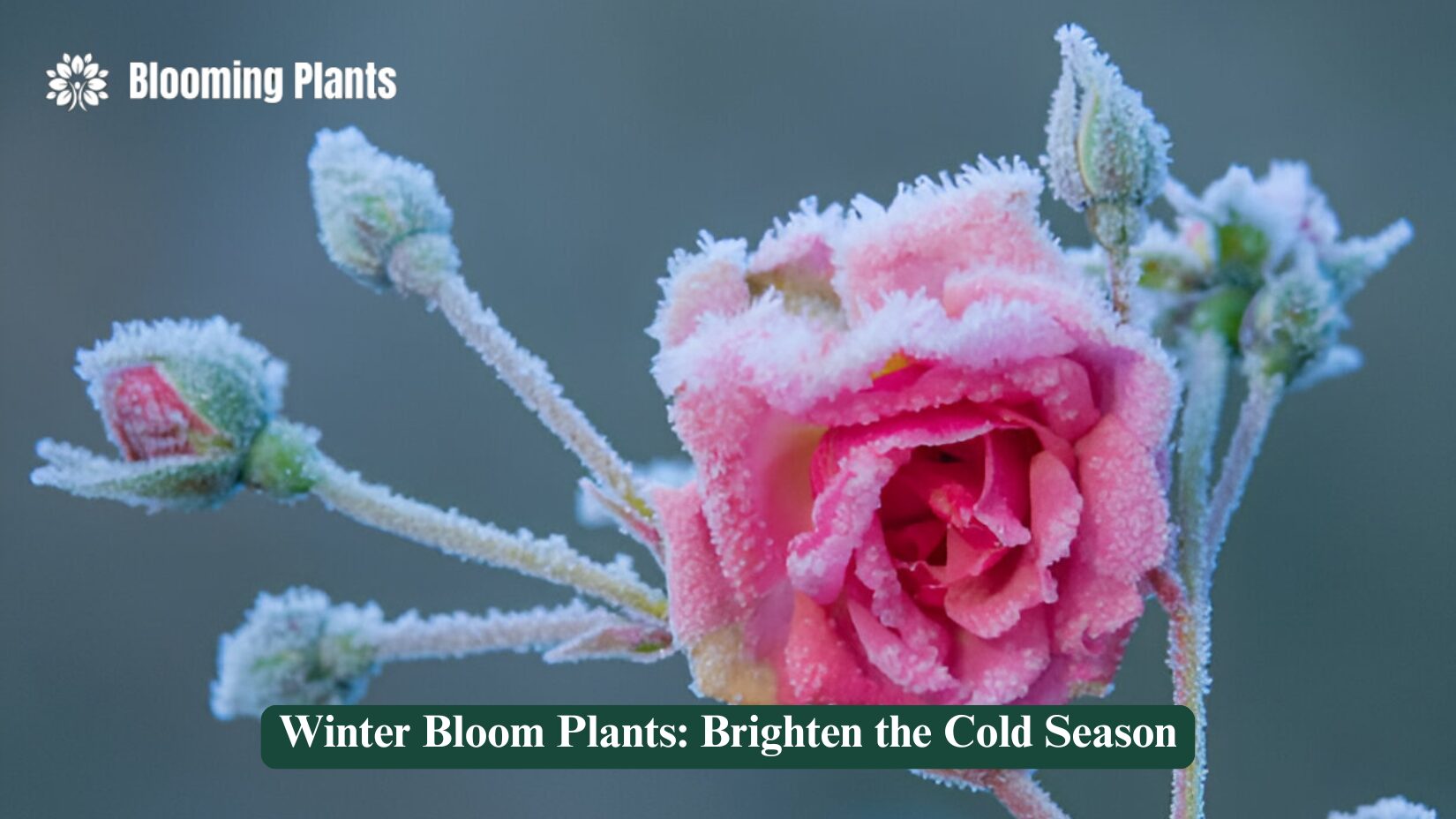Introduction
Winter often paints the landscape in shades of grey and white, but that doesn’t mean your garden has to follow suit. Winter bloom plants offer vibrant colours, delightful fragrances, and resilient beauty even in the chilliest months. Whether you’re a seasoned gardener or a curious beginner, this guide will help you discover plants that thrive and bloom in winter’s embrace.
Choosing the Right Winter Bloom Plants
Climate Considerations
Understanding your local climate is key to selecting winter bloomers. Hardy plants like Hellebores or Camellias thrive in colder zones, while milder climates can support a wider variety.
Soil Requirements
Healthy soil is the foundation of winter blooms. Ensure proper drainage and enrich with compost to support root health.
Sunlight and Shade Needs
Even in winter, light matters. Some plants prefer full sun, while others, like Winter Jasmine, flourish in partial shade.
Popular Winter Bloom Plants
Hellebores (Christmas Rose)
A favourite for its early blooms, Hellebores offer colours from deep purple to creamy white.
Camellias
Known for their glossy leaves and large, vibrant flowers, camellias bloom late fall to early spring.
Winter Jasmine
With bright yellow flowers, Winter Jasmine adds a cheerful splash to dreary days.
Caring for Winter Bloom Plants
Watering Practices
Though dormant periods require less water, consistent moisture is crucial. Avoid waterlogging to prevent root rot.
Fertilizing Techniques
Use a slow-release fertilizer to provide nutrients without overstimulating growth in cold weather.
Pruning for Optimal Growth
Prune after flowering to shape the plant and remove dead or diseased branches.
Indoor Winter Bloom Plants
Amaryllis
Bold, trumpet-shaped flowers make Amaryllis a stunning indoor option during winter.
Cyclamen
With heart-shaped leaves and vibrant blooms, Cyclamen thrives in cool indoor conditions.
Christmas Cactus
This succulent dazzles with pink or red flowers around the holiday season.
Outdoor Winter Bloom Plants
Witch Hazel
Known for its spidery, fragrant flowers, Witch Hazel blooms in mid-winter.
Snowdrops
Delicate white blossoms peek through the snow, signalling the promise of spring.
Winter Aconite
Bright yellow flowers that thrive in frosty conditions.
Benefits of Winter Bloom Plants
Aesthetic Appeal
Brighten your landscape with vivid colours and diverse textures.
Environmental Impact
Support pollinators like bees during scarce winter months.
Mental Health Benefits
Gardening in winter reduces stress and fosters a sense of accomplishment.
Challenges in Growing Winter Bloom Plants
Frost Damage
Protect sensitive plants with mulch or frost covers.
Pest Issues
Watch for aphids and spider mites even in colder weather.
Overwatering Concerns
Ensure good drainage to prevent root rot from excessive moisture.
Seasonal Maintenance Tips
Preparing for Frost
Cover plants or bring potted varieties indoors during extreme cold snaps.
Mulching for Protection
Apply mulch to insulate roots and retain soil moisture.
Monitoring Plant Health
Regularly check for signs of stress or disease.
Designing a Winter Garden
Color Combinations
Mix plants with contrasting hues for visual interest.
Layering Techniques
Create depth by arranging taller plants at the back and shorter ones upfront.
Incorporating Evergreens
Pair bloomers with evergreens for year-round structure.
Propagation Methods for Winter Plants
Seed Propagation
Start seeds indoors to get a head start on spring growth.
Cuttings and Divisions
Propagate perennials like Hellebores through division in early spring.
Grafting Techniques
Common with Camellias to maintain specific flower traits.
Common Myths About Winter Bloom Plants
Myth: Nothing Blooms in Winter
Many plants, like Witch Hazel, thrive in cold climates.
Myth: Winter Plants Don’t Need Water
Even dormant plants require occasional watering.
Myth: Only Evergreens Survive Winter
Deciduous plants can bloom beautifully during winter.
uide to Popular Winter Bloom Plants
| Plant Name | Ideal Conditions | Bloom Color | Indoor/Outdoor |
| Hellebores | Partial shade, rich soil | Purple, white | Outdoor |
| Camellias | Acidic soil, partial sun | Pink, red, white | Outdoor |
| Amaryllis | Bright, indirect light | Red, pink, white | Indoor |
| Cyclamen | Cool, indirect light | Pink, red | Indoor |
| Witch Hazel | Full sun, well-drained soil | Yellow, orange | Outdoor |
Conclusion
Winter doesn’t have to mean a barren garden. With thoughtful planning and care, winter bloom plants can transform your outdoor and indoor spaces into colourful, lively sanctuaries even during the coldest months.
FAQs
- What are the best winter bloom plants for beginners?
Hellebores and Winter Jasmine are hardy and low-maintenance. - Can I grow winter bloom plants indoors?
Yes, plants like Amaryllis and Christmas Cactus thrive indoors. - How often should I water winter-blooming plants?
Water moderately, allowing the soil to dry slightly between sessions. - Do winter bloom plants need fertilizer?
Use a slow-release fertilizer sparingly during winter. - How do I protect plants from frost?
Use mulch, covers, or move potted plants indoors. - Are winter bloom plants pet-friendly?
Some, like Cyclamen, are toxic to pets—research before planting. - Do winter plants attract pollinators?
Yes, they provide vital nectar for winter-active insects. - Can I propagate winter bloom plants?
Yes, through seeds, cuttings, or divisions depending on the plant. - What’s the easiest winter plant to grow?
Snowdrops and winter aconite are simple and reliable. - Do winter plants need special soil?
Well-draining soil enriched with compost works for most varieties.

